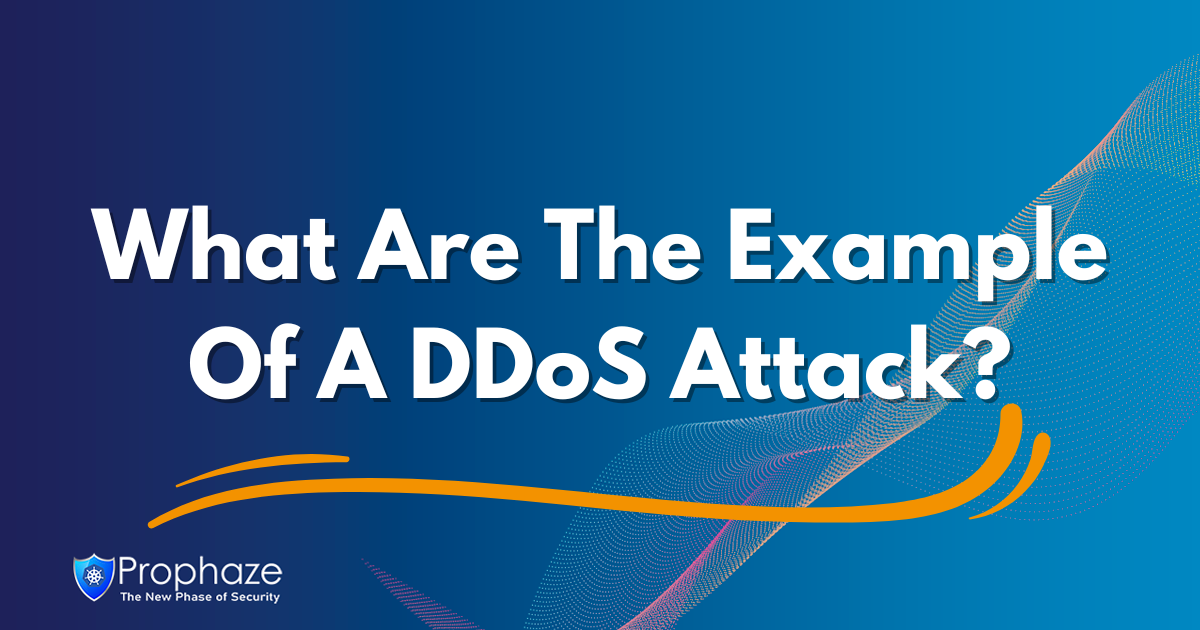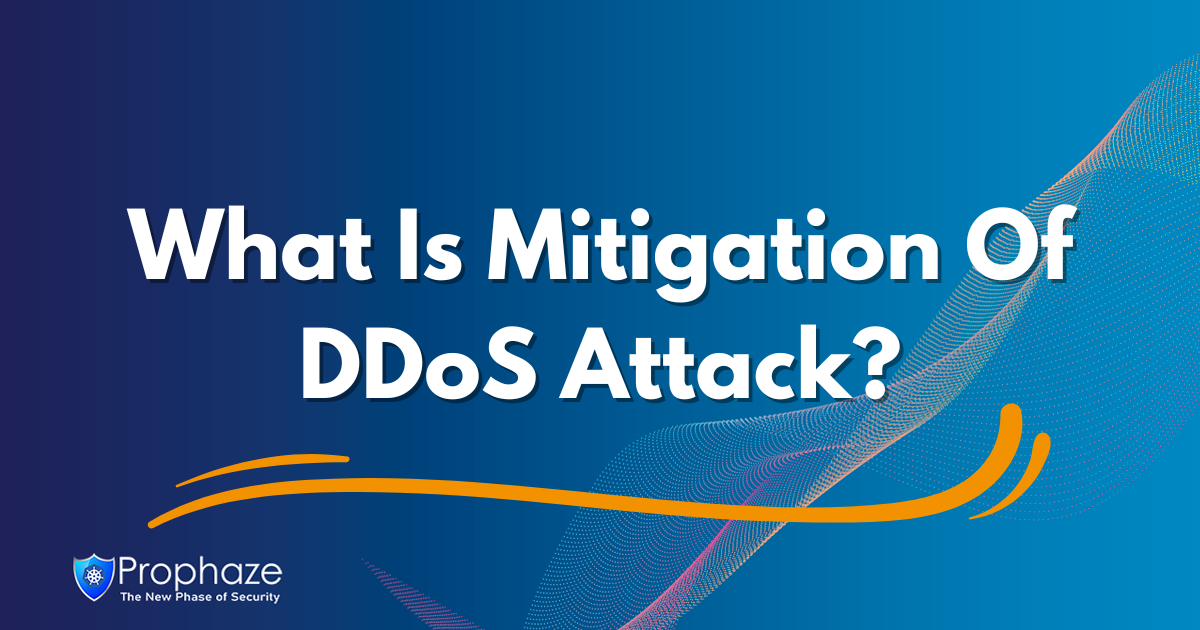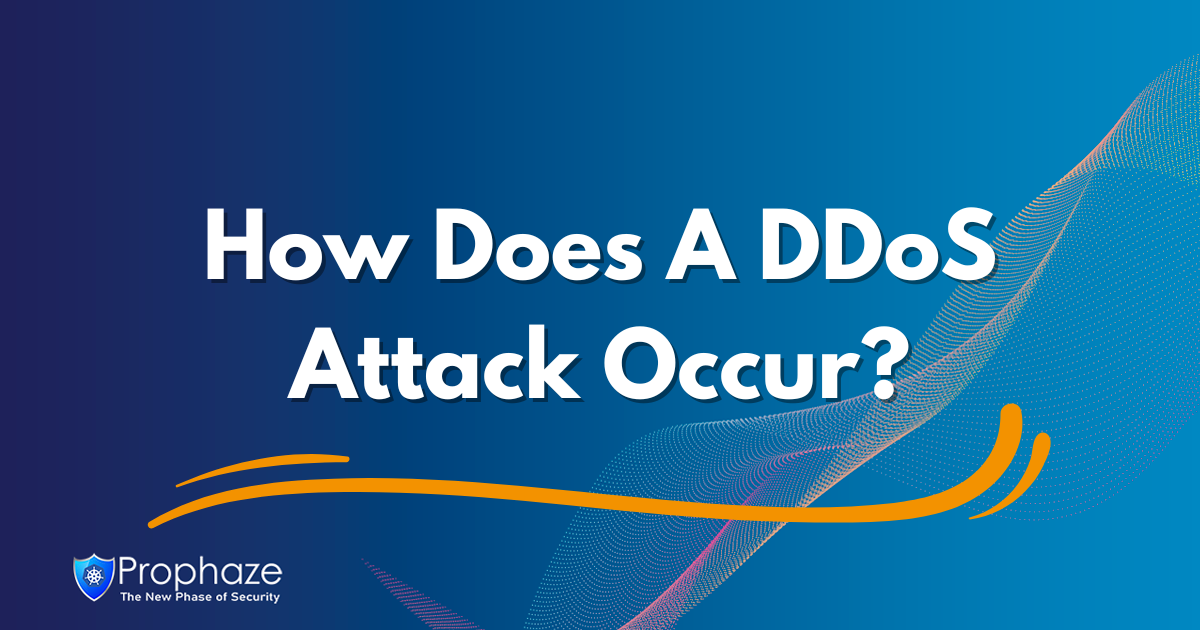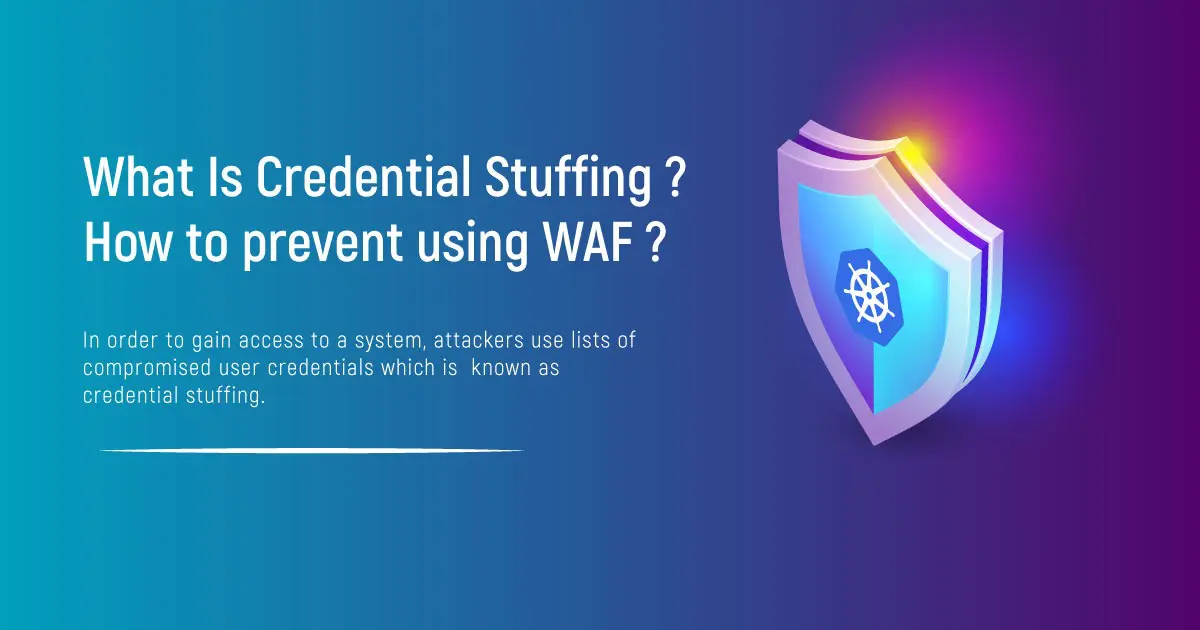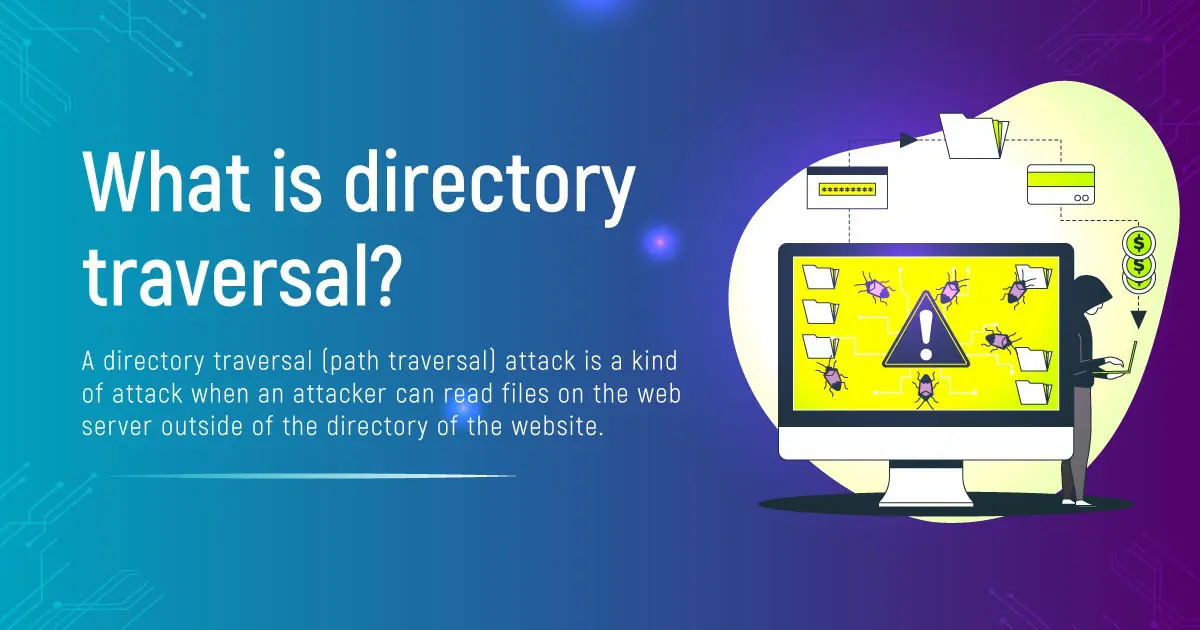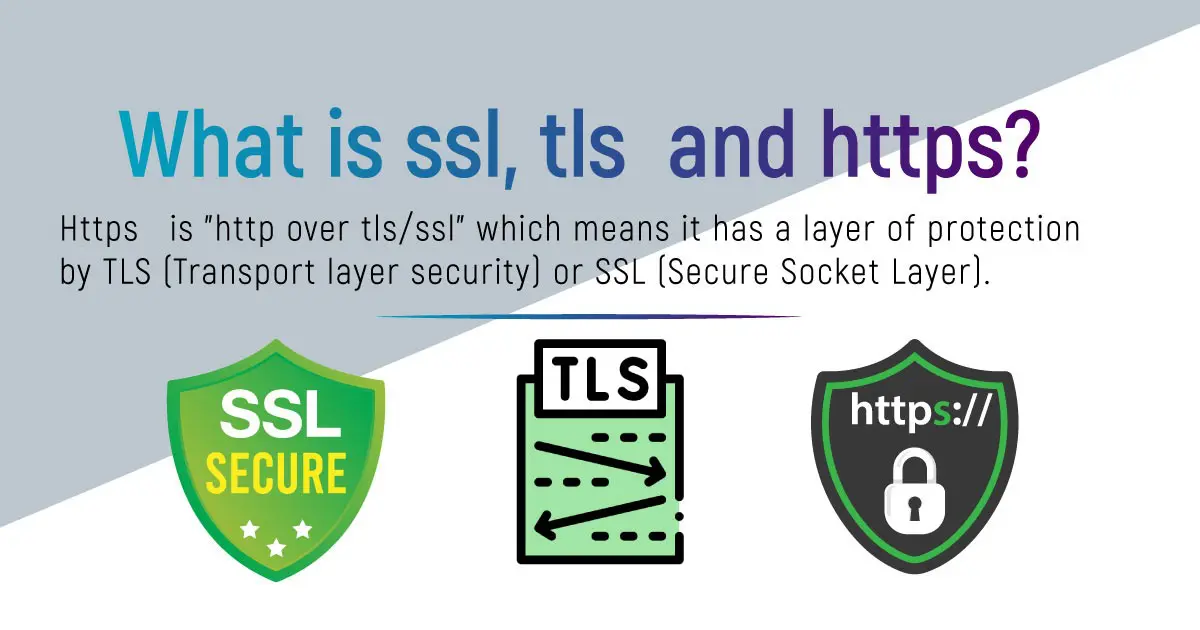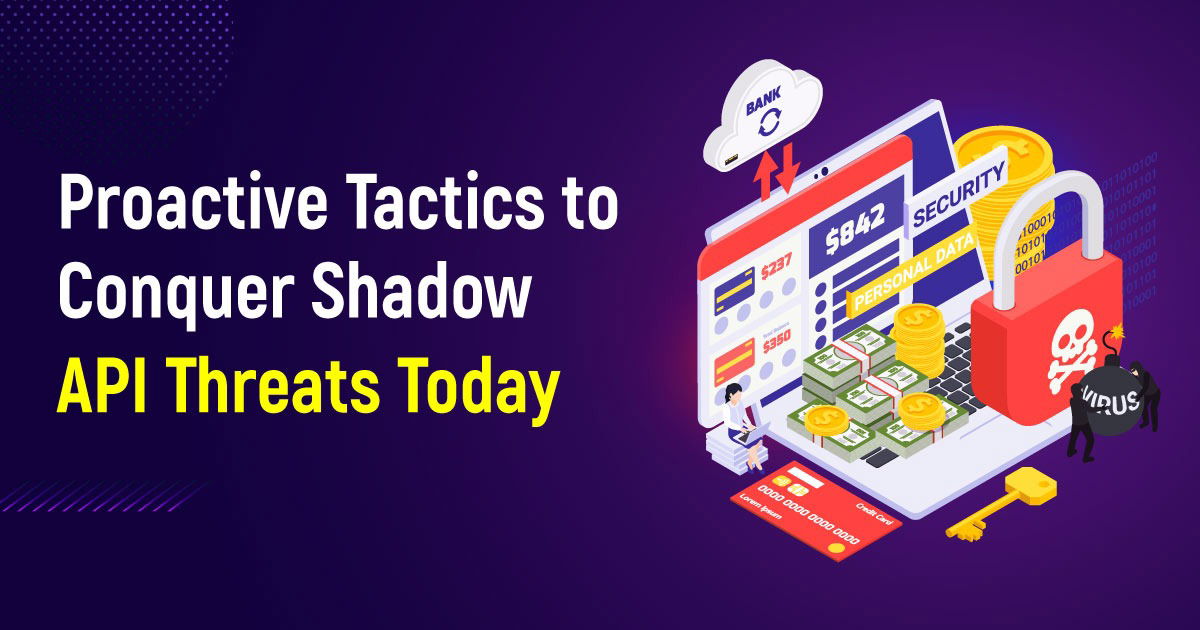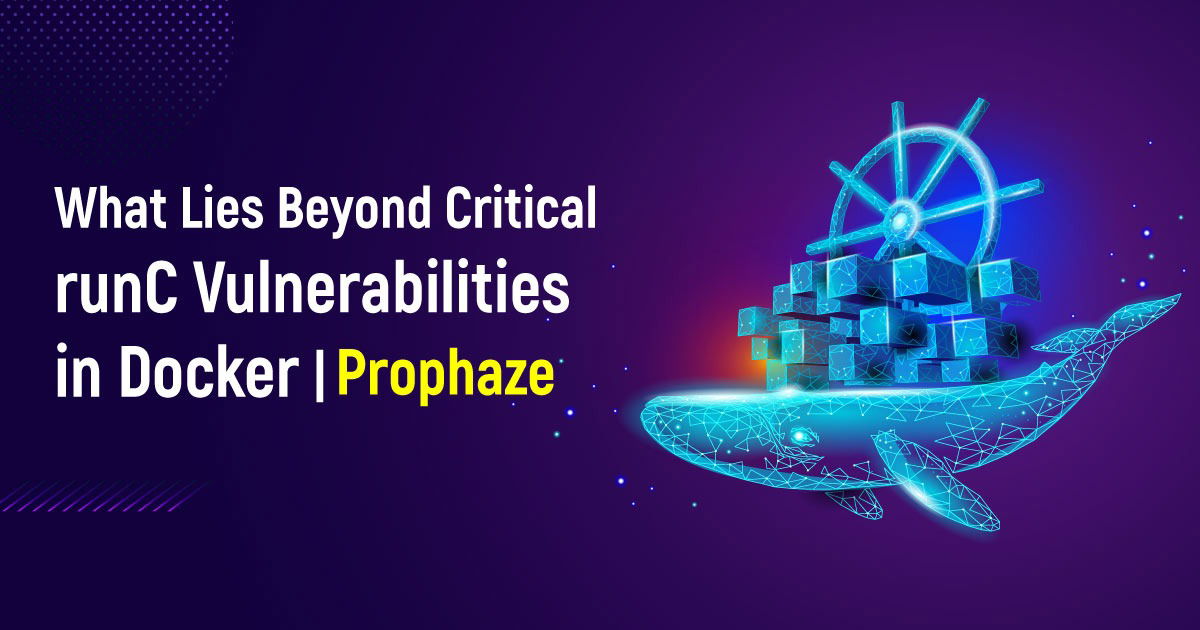Strategies and Best Practices for Mitigating DDoS Attacks
The threat of distributed denial of service (DDoS) attacks cannot be overstated, as they pose a significant risk to the reputation and profitability of online businesses. When targeted networks are flooded with malicious traffic during these attacks, they become unresponsive. To ensure protection against DDoS attacks, organizations must take proactive measures and implement effective mitigation strategies. Explore the key defenses and optimal solutions to combat DDoS attacks discussed in this article.
DDoS Preparedness:
Risk Assessment:
Recognize where your organization may have weak spots and where it is most susceptible to an impending DDoS. Analyze threats by performing assessments on potential risks as well as conducting thorough vulnerability scans to eliminate weak points.
Incident Response Plan:
Formulate a comprehensive plan to deal with any incidents that explain responsibilities and modes of communication, and institute clear-cut escalation procedures to secure a rapid and coherent reaction towards any attacking threat.
Network Infrastructure Protection:
Bandwidth Scaling:
Having enough available network bandwidth is crucial for handling sudden surges in web traffic during a cyber attack To equitably divide the load of web visitors across several servers in various geographies, consider a partnership with a content delivery network (CDN).
Traffic Monitoring:
By deploying continuous network monitoring tools, you can observe traffic trends and identify any anomalies. IDS/IPS is a great way to detect suspicious traffic patterns in your system, so take advantage of it.
Load Balancing:
Distribute traffic across multiple servers using load balancers. This helps distribute the load evenly and prevents a single server from becoming overwhelmed during an attack.
Cloud-Based Protection:
Content Delivery Networks (CDNs):
Global distribution and management of internet traffic are achievable by leveraging CDN services, which grant authorized access by filtering malicious web traffic while blocking unapproved entries.
Cloud-based DDoS Protection Services:
To avoid overloading technologies during an attack, it’s best to distribute the load equally.
Traffic Filtering and Rate Limiting:
Access Control Lists (ACLs):
To prevent potentially harmful connections to your network, it’s recommended to implement ACLs at network routers and firewalls so that you can filter out traffic from known malicious sources. Updating the list is an essential task needed to stay informed about potential risks.
Rate Limiting:
Creating barriers to the total count of inquiries it receives is possible through setting up guidelines on how many times an individual user’s IP Address may make a request, which effectively thwarts the ability of attackers to flood your resources.
Anomaly Detection and Behavioral Analysis:
Intrusion Detection and Prevention Systems (IDPS):
Using IDPS solutions for the detection and prevention of both unknown traffic patterns and previously detected attacks, mitigating any potential attack in real-time by recognizing unusual behavior is what makes these systems so effective.
Machine Learning and AI:
We can monitor network activities to detect possible DDoS attack patterns by implementing advanced algorithms in AI and machine learning technologies. These technologies can help in dynamically adapting mitigation strategies to evolving attack patterns.
Conclusion
Mitigating DDoS attacks requires a multi-faceted approach that combines technical solutions, proactive planning, and continuous monitoring. By implementing the strategies mentioned above, organizations can significantly reduce the impact of DDoS attacks and maintain the availability and integrity of their online services. Stay vigilant, regularly update your defense mechanisms, and collaborate with trusted DDoS mitigation service providers to stay one step ahead of attackers and safeguard your digital infrastructure.

